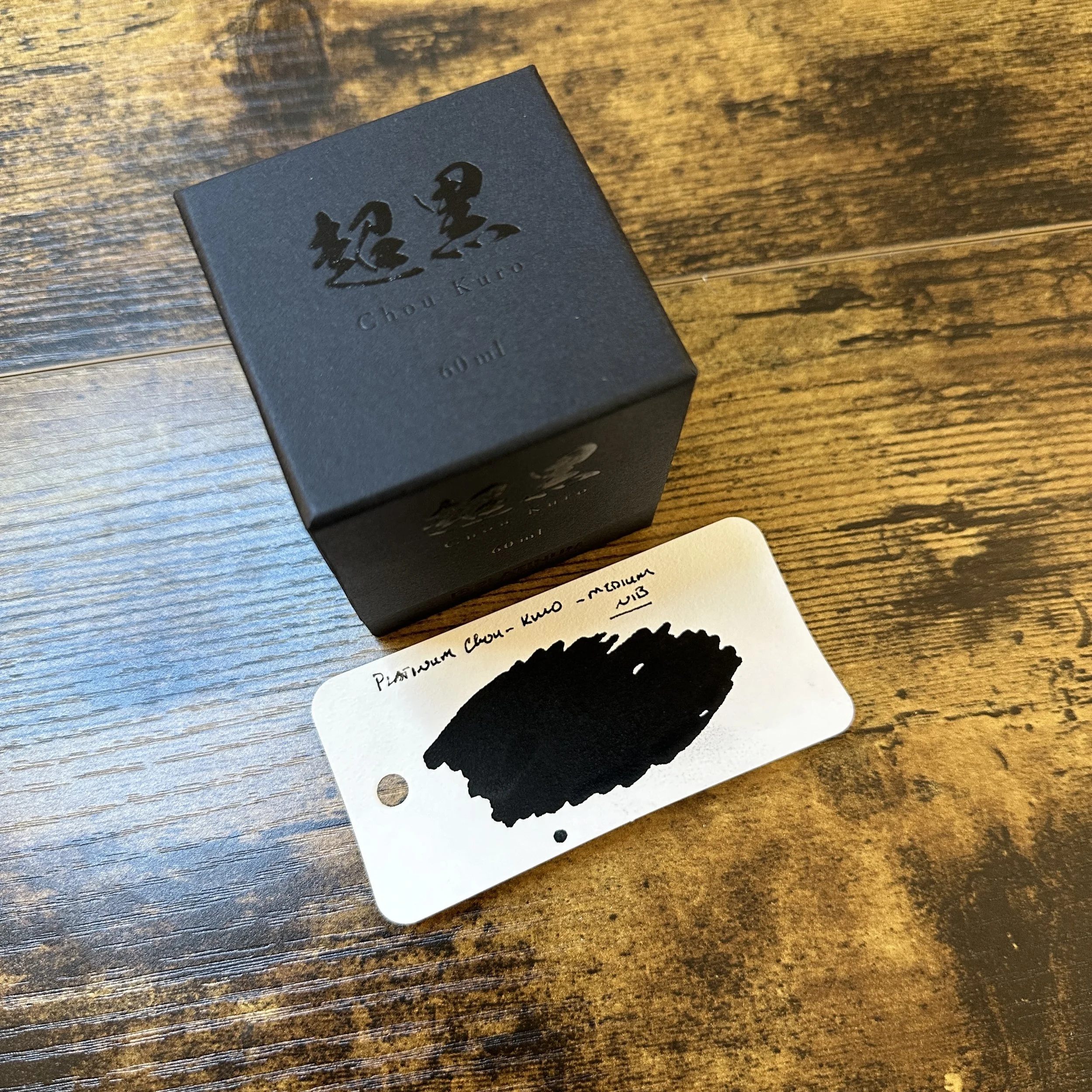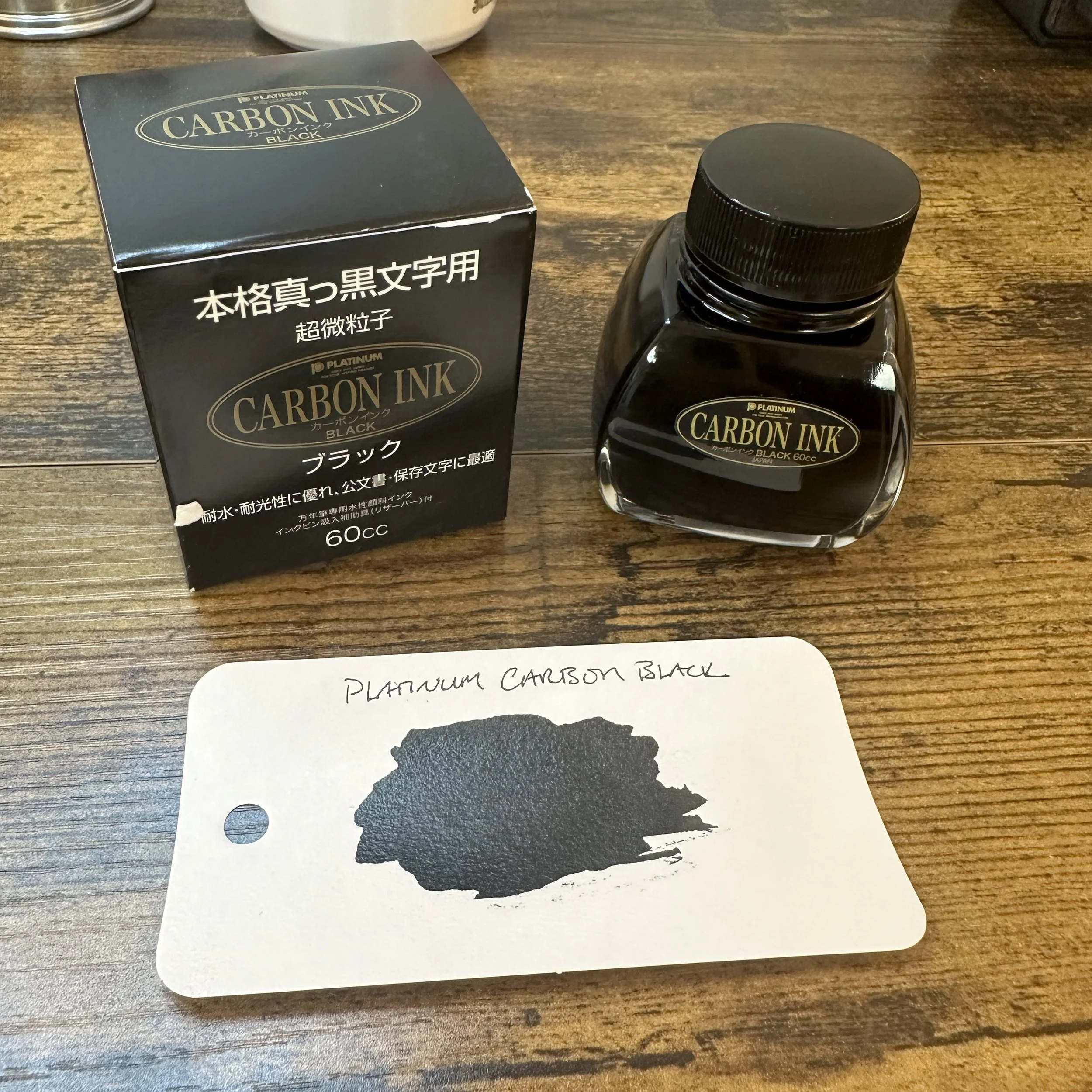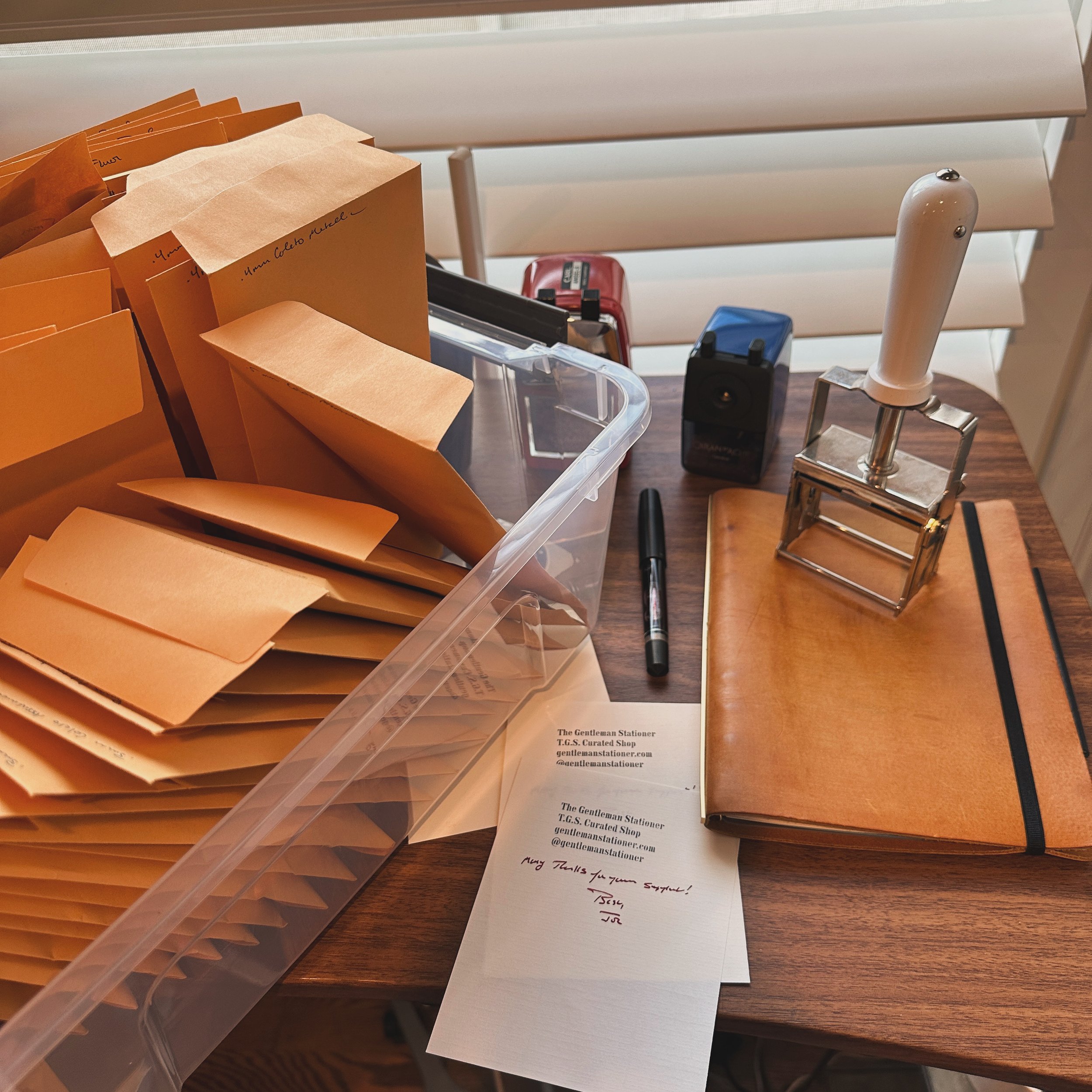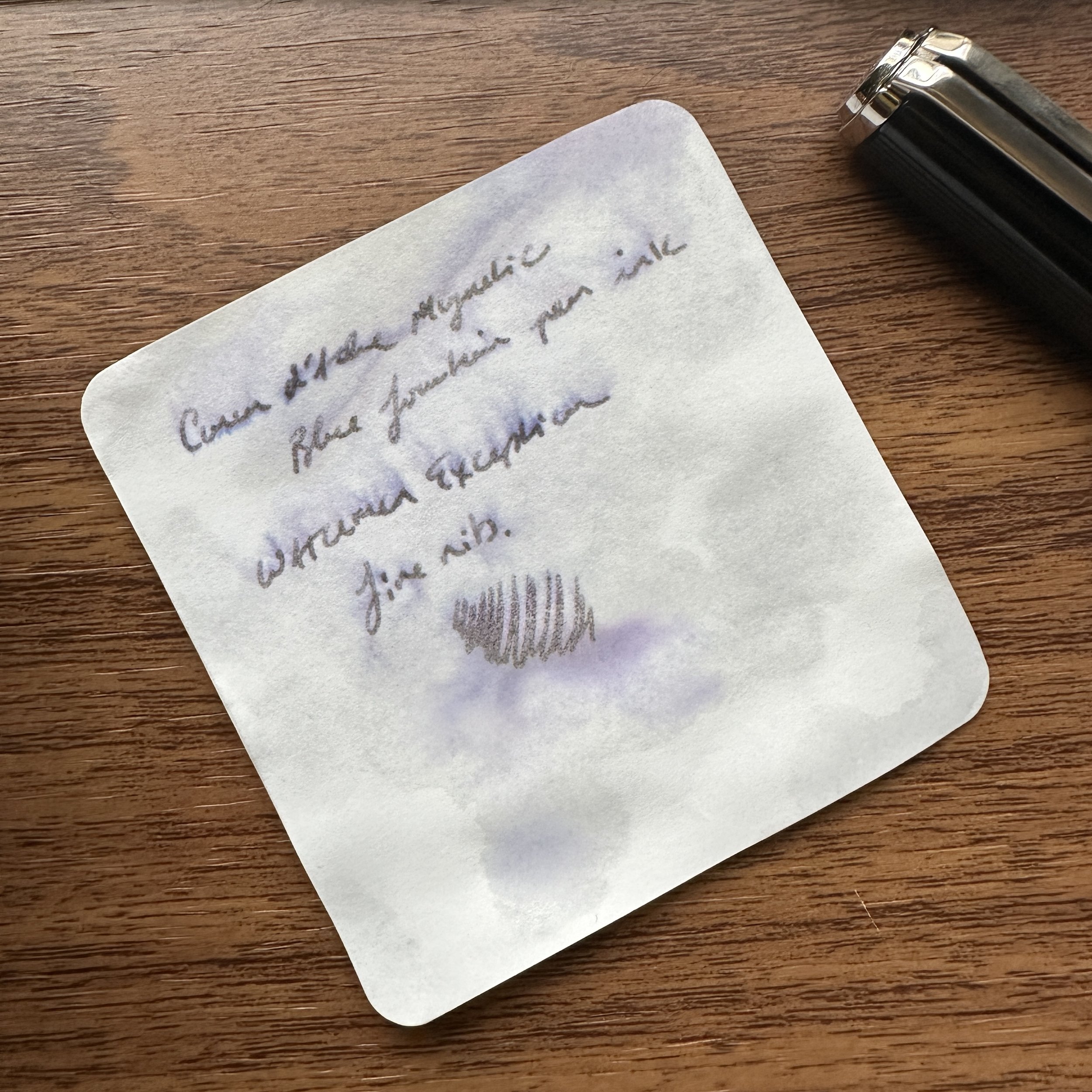The “Ask TGS” series collects frequently asked questions submitted to the website, and answers those that I feel would be most helpful to the readership at large. You can check out an archive of sorts here, which is periodically updated.
Today’s “Ask TGS” question involves journaling, and it’s one that I frequently get from readers who think they would benefit from a regular journaling practice, and don’t necessarily know where to begin. So do I journal? The simple answer is, “Yes,” but probably not in the idealized way that many people think about Capital J “Journaling”: an hours-long, deep, introspective writing session that involves your finest notebook, your fanciest fountain pen, and the perfect ink. Framing journaling in this way can even be counterproductive, because it keeps some from ever getting started.
I Journal To Get Stuff Out of My Head So That I Can Focus and Think Clearly
90% of my “journaling” takes place during a 20-30 minute stream-of-consciousness writing session, in which I simply jot down in a notebook everything that’s going through my head at the time. Sometimes this takes the form of coherent thoughts, but not necessarily. Sometimes it’s lists of things I have to do that I’m worried I will forget if I don’t write it out. Sometimes it’s random stuff drawn haphazardly across a blank page, with items circled and lines connecting thoughts. Other times it’s true nonsense. This is a variation on the popular “morning pages” technique, though I’ve never read the Julia Cameron book that popularized it, and how I journal is simply something I personally came up with over the years and which I feel helps me settle my mind. Typically I journal in the morning, while I’m having my first cup of coffee, but if I’ve had a particularly chaotic day, I’ll sometimes add a second session before I leave the office or before I go to bed, just to assure myself that I’m not forgetting anything.
The other 10% of my journaling practice is more introspective, and more traditional in the sense that at least once a week I’ll sit down and try to work through a problem or issue at greater length. These are your classic long-form writing sessions, and last as long as it takes for me to resolve something or get to a point where I can’t go any further for the time being. Again, this writing doesn’t take on a specific format, I hardly ever use prompts, and sometimes I won’t even do these sessions in a proper notebook since I may want to shred or destroy the pages after I’m finished.
I don’t need to buy any more journals.
5 Tips For a Journaling Practice That I’ve Found Valuable
Over the years, these five thoughts have helped me keep things in perspective, especially as journaling has become trendier and I’m seeing it more prominently featured on the social media algorithms. The common theme running through all of these tips is “just get started and do what feels helpful/natural to you.” Journaling is not about following rules or impressing anyone else - it’s supposed to be personal.
Journaling Doesn’t Require a Specific Technique or Format. Just get started writing. Don’t ever feel that you “don’t really journal because you don’t do ______.” There’s no set format or rules that you have to follow, and your journal doesn’t have to look pretty. (Honestly, you don’t even have to “keep” a journal. If you want to write out all your innermost thoughts on a legal pad to get them out of your head and then shred or burn it so that you can be sure nobody will ever see it, do that! I do it all the time.)
Use Whatever Materials You have On Hand. While many people who write regularly do gravitate to a favorite brand of notebook, you can journal with anything. All you really need are a pen or pencil and a piece of paper. One of my own personal resolutions this year is to use up as much of my current notebook stockpile as I can rather than committing to a specific system for my journaling.
Less Fancy Materials Are Less Distracting. For the past week I’ve been journaling with a wood pencil and a ballpoint pen. Yes, they’re nice pencils and the pen is the excellent Pilot S20, but I’ve found that when I really need to focus on what I’m writing, I want the tools to disappear and prefer non-fountain pens. If I do use a fountain pen, I use plain blue or black ink.
For Me, More Frequent Journaling Is More Helpful, But I Definitely Skip Days. Like meditation or physical exercise, I find that I get more benefit from a journaling practice if I do at least a little something every day, but stuff happens and sometimes you definitely benefit from a day off. Heck, I’ll miss entire weeks on occasion. Don’t worry about it. Just pick up the pen/pencil and get back at it.
You Don’t Have To Post Your Journals on Social Media. Obviously you can do whatever you want, but if your goal is to journal for personal growth/mental health, make your journal truly personal. Avoid the temptation to make it look pretty for Instagram or YouTube. Not only will it help you to focus on the actual practice of journaling, but you’ll also avoid comparing yourself to professional social media accounts that often do little more than make you feel bad that your journal doesn’t look as nice as a professionally designed product. I’ve actually had multiple conversations with people who stopped journaling or never took the practice up in the first place because “It’s never going to look as good as [X-Influencer].” That’s not what it’s about.
If you feel stuck and want ideas on journaling techniques/including prompts, there are some excellent websites out there that go deep on journaling techniques. Two that I’ve found helpful are Writing at Large and Comfortable Shoes Studio, which I occasionally link to in my Sunday Reading links. Both have extensive journaling guides and resources and discuss many different types of journaling practices.
Thank you for reading! The Gentleman Stationer is supported by the T.G.S. Curated Shop and the T.G.S. Patreon Program. If you’d like to visit our in-person location, you can view directions and up-to-date hours here.



